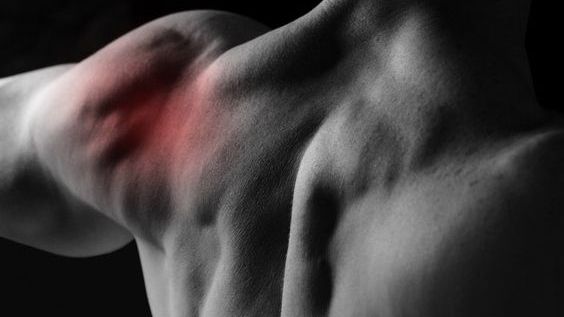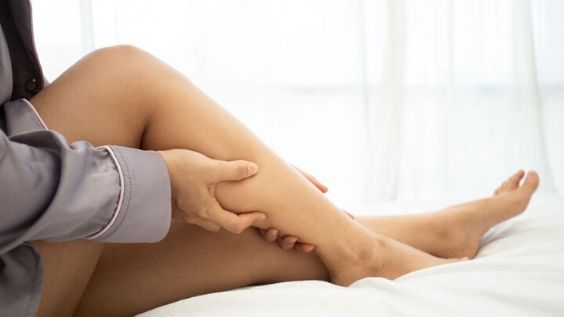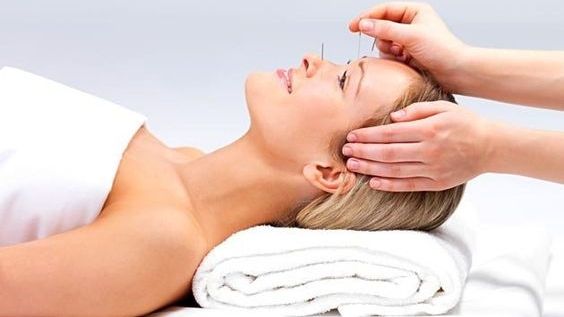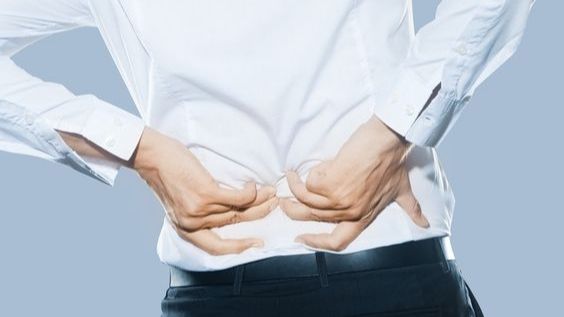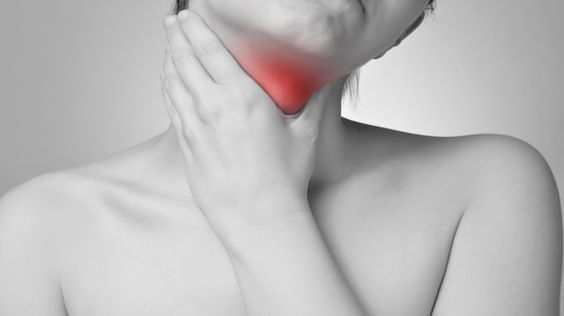Depression describes a group of disorders characterized by sadness,
despondency, rumination, inability to experience pleasure, and feelings
of hopelessness and inadequacy that are severe or persistent enough to
interfere with normal function, interest in life and family and social
interaction. Depressed patients experience a range of symptoms in
addition to the mood component, and it is helpful to think of depression
as a disorder that interferes with the basic aspects of life: the
energy for activity, appetite, sex drive and sleep.
Typical
symptoms for depression include reduced sex drive, decreased appetite
and weight loss (although increased appetite and weight gain can
occur), constant fatigue, poor concentration, withdrawal from social
situations and activities, and thoughts of death or suicide. Sleep
disturbance, insomnia, waking in the early hours of the morning, or
somnolence are common. Patients may report headaches, vague aches and
pains and digestive problems. Symptoms can vary during the day but are
usually worse upon waking in the morning.
True
depression should be distinguished from the low mood that results from
disappointment or loss, which may be better described as
demoralization. The negative feelings of demoralization, unlike those
of depression, usually abate when circumstances improve; the duration
of the low mood lasts days rather than weeks or months, and suicidal
ideation and loss of function are less likely.
Patients with a depressed mood can be classified into two groups: those with low mood as a response to specific circumstances, and those in which no specific trigger can be identified. These distinctions are clinically important, because if a cause can identified, the probability of a satisfactory outcome is increased. Demoralization as a result of distressing or stressful stimuli can be a normal and appropriate response to the circumstances and will abate with time. In some cases, the response to the distressing event may be exaggerated, pathological, and indistinguishable from major depression (below). In both cases, Chinese Medicine, in conjunction with counseling, lifestyle modification, and other appropriate interventions, can be of significant benefit, helping the patients to move through the process, while supporting healthy organ system function and maintaining qi and blood flow. Depression without an identifiable cause is more complex condition. It will usually be diagnosed as a major depression, with the pathology a mix of constitutional factors, life habits and diet, and an exaggerated response to chronic stress, routine difficulties and setbacks. This type of depression can be difficult to manage effectively with a single therapeutic strategy, and may require a multi factorial approach, especially when suicide is a possibility. Practitioners should not be reluctant to harness the relatively fast acting pharmacotherapeutic approach of psychiatry, with the awareness building of cognitive behavioral therapy, and the supportive, strengthening and qi and blood mobilizing effects of Chines Medicine.
From a psychiatric point of view, there are three groups of depression; minor, major and masked.
Minor
depression: Minor depression is a mood disturbance of at least two
weeks duration, with two to four of the DSM-IV criteria, including
number 1 or 2. There are no delusions, and suicidal thoughts, if
present are fleeting and not seriously entertained. Minor depression is
usually a form of demoralization.
Major
depression: Major depression is a disabling condition which adversely
affects all aspects of the patient’s life, and is characterized by the
presence of a severely depressed state that persists for at least two
weeks. The diagnostic criteria for major depression are shown in box
3.2. Episodes may be isolated or recurrent, and occur without
identifiable trigger events. Patients with major depression may
contemplate and attempt suicide, and occasionally suffer delusions or
hallucinations.
Masked
depression: Masked depression is a depressed state characterized by
the prominence of physical symptoms. Patients may not complain of
depression, or may deny it. They usually present with multiple minor
physical complaints. The mood component is hidden beneath tiredness,
menstrual disorders, unusual sensations in the head and body, breathing
difficulties and sleep problems. Masked depression is relatively
common, and is influenced by cultural factors and perceptions of
depression as a sign of weakness and social stigma.
Diagnostic Criteria for Depression:
Five of the following, with number 1 or 2 essential, are necessary for the diagnosis of major depression.
1. Pervasive depressed mood
2. Marked loss of interest or pleasure
3. Appetite change (poor apatite most common); weight loss or weight gain
4. Insomnia or somnolence
5. Fatigue, lack of energy every day
6. Feelings of worthlessness or excessive guilt
7. Impaired thinking or concentration, indecisiveness
8. Suicidal thoughts
Depression
in Chinese Medicine: Mental or physical health is a product of the
quality, volume and uninhibited movement of qi and blood. All mental
disorders are due to disruption of one or more of the internal organ
systems and their mental components, the shen, hun, po, yi and zhi
(henceforth collectively known as the anima), by insufficient or
constrained qi and blood.
In
Chinese, depression is yu zheng. In the context of medicine, the word
yu conveys the meaning of restraining action on the flow of qi, which
we render as constraint. Qi flows through the surface layers can be
constrained by the ‘freezing and constricting’ nature of cold. Qi flow
can also be constrained in various organ systems by repression of
emotion. The term constraint is used to distinguish it from other forms
of stagnation due to factors not related to emotion. In the context of
depression, constraint is most commonly applied to the effect of
emotional repression on the Liver, but can also apply to the Heart and
Lungs, and Spleen and stomach. Different emotions cause constraint in
different organs, with different expressions of the depressed mood.
Constraint of qi, however, is not the only cause of a depressed mood.
Even though the term yu implies that constraint of some type is at work
in depression, this is not always the case. Both deficiency and excess
factors can influence the anima and produce depression. Constraint
interferes with the expression and activity of the anima by restricting
their movement, which in turn produces a particular shade of mood
disorder. The anima can also be destabilized and scattered by a
deficiency of qi, blood, yin and yang, with a different tone to the
depressed state.
